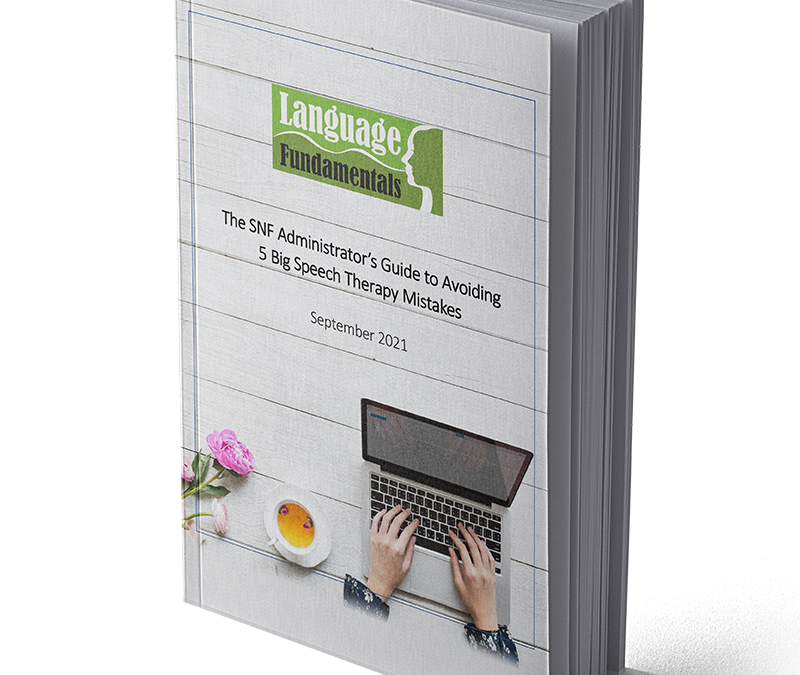How will the new MDS Changes impact case-mix reimbursement? Good question. It seems like the answer is that it’s going to be an interesting year. The new changes to the MDS, specifically the retirement of Section G, take effect on October 1, 2023. It will be a busy year for MDS trainers and skilled nursing facilities trying to prepare for these changes.
The Patient-Driven Payment Model (PDPM) utilizes section GG as opposed to Section G. In terms of Medicare reimbursement, the handwriting was on the wall for Section G. Then the pandemic delayed the end of Section G. With the changes becoming effective just one year from now, the focus will shift to states that use case-mix for their Medicaid reimbursement. Just to name a few: New York, Ohio, Pennsylvania, Maine, Georgia, and many more.
Here’s the issue: Section G is used to calculate activities of daily living (ADLs) critical to RUG scores that many states still use in determining case-mix Medicaid rates. These states delayed their transition away from RUGs and Section G, probably due to the pandemic.
Section G and GG are very different. Most nurses and therapists find it very confusing for trying to capture & document ADLs. This forces clinicians to use different terminology and a different mindset, depending on payor.
What happens next? Let’s have a look at the options for states who use case-mix:
- Transition to PDPM
- Continue using RUGS by utilizing a state-specific MDS section
These options are all up to the individual states and will be a challenge for providers who operate in multiple states.
What does this mean for Rehab? In many case-mix systems, utilizing Part B therapy is a driver of overall facility CMI. A strong nursing home speech therapy department shines while treating the long-term care population. Therefore, making a significant positive impact on CMI.
Of course, there is the possibility that the industry needs more time to digest this volume of changes and another delay occurs.
Language Fundamentals will be keeping a close eye on this topic for the benefit of SNF providers and industry stakeholders over the next year. Feel free to comment on this article if you have any ideas or comments.



